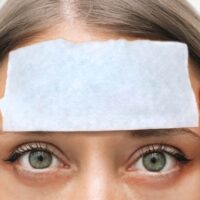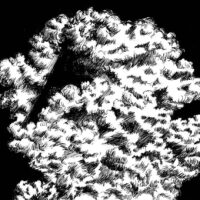Soba is a thin Japanese noodle made from buckwheat. It is one of the oldest typical Japanese foods, introduced to Japan more than 10,000 years ago.

Soba noodles are served on a quadrangular plate with bamboo slats on the bottom. Fill another small bowl with the mentsuyu (noodle sauce), take a bite of soba away with chopsticks, and eat it while dipping it in the sauce. It is served with nori, wasabi, and long green onions attached and can be mixed and matched as desired. After a meal, mentsuyu sauce is mixed with the boiled water (sobayu) left over after the soba is boiled, and you can drink it like a soup to enjoy the afterglow of the meal. Sobayu is good for the body because the nutrients contained in soba are dissolved.
We consider soba to be a healthy food. Soba has fewer calories than pasta or ramen noodles, and its GI value, which indicates the rate of increase in blood sugar after a meal, is also lower than that of other common carbohydrates. Soba contains rutin, which has vascular strengthening and antioxidant properties, and dietary fiber, which lowers blood cholesterol. Therefore, soba is a food that prevents weight gain and lifestyle-related diseases.
Japanese people love to reconstruct their food. A restaurant adds rayu sauce to the mentsuyu to give it a Chinese flavor.





















